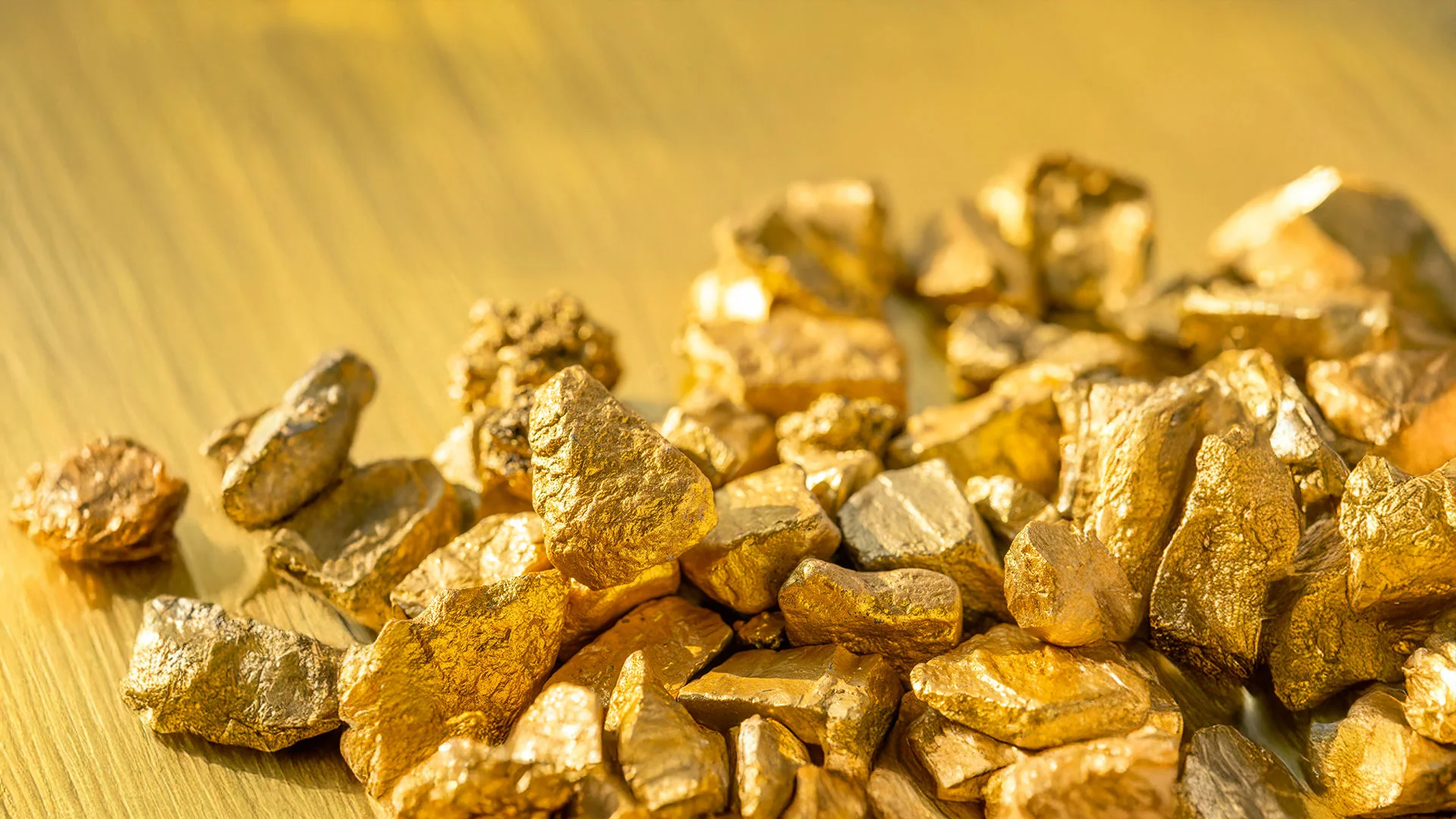Silver is sometimes viewed as the lesser-known monetary metal, consigned to the shadows as gold captures the attention of investors.
Yet silver’s credentials are as significant as those of gold. Like gold, silver has traded as real money since ancient times. In fact, silver was far more widespread than gold as the monetary standard worldwide, from around 3000 BC until the late 19th century.
The prominent American economist Milton Friedman (1912-2006) said that "the major monetary metal in history is silver not gold.’’
Silver has traditionally been the money of the common person, in part because an ounce of the white metal is valued at a fraction of an ounce of gold. Valuations aside, we think silver, like gold, is a compelling monetary metal for investors to consider.
Silver follows
Silver prices tend to follow the moves in gold. By that we mean, the price of gold will often move first, then silver will follow. Silver also tends to be more volatile than gold, in that it can rise more and fall more than gold. This reflects in part the fact that the market for silver is smaller than the gold market.
The gold price has touched a series of record highs1 this year, which, in our view, reflects the outlook for lower interest rates, a weakening dollar, financial market concern about the US government finances and gold’s safe-haven status in a time of geopolitical and market uncertainty. Gold is seen as a safe haven because historically it has been able to maintain its value during periods of economic or geopolitical disruption. Central banks around the world have been increasing their acquisition of gold in recent years, in part for this reason.2
The silver price also has risen sharply this year due to the same factors that have fuelled gold’s move. Silver is viewed as a safe-haven asset, too. On October 17, the silver price reached an all-time high of $54.48 per ounce, breaking a 45-year high of $49.45 set on January 18, 1980.3
Silver shortage
There is another part of the silver story that we like and find interesting, which sets it apart from gold. There is a structural shortage of silver. Stocks of the white metal are being used faster than they are being replenished from mining and recycling.
This is because of its use in industry. In addition to being used as a store of monetary value, silver has real currency as an industrial metal – it has the highest electrical connectivity properties of any element and is an excellent catalyst for use in chemical reactions. Over 60% of the silver supply goes to industry use. Silver is in virtually all electronics and can be found in solar cells, water purifiers, touch screens & smartphones, electric vehicles and semiconductors. As we mentioned silver’s "under the radar’’ characteristics – we note that it’s also used in radar systems due to its capacity to reflect electromagnetic waves.
Industrial demand for silver rose by 4 percent in 2024 to 680.5 million ounces, reaching a record high for the fourth consecutive year; silver demand exceeded supply last year, also for the fourth consecutive year, according to the Silver Institute.4 The silver shortage is manageable until it isn’t, in our view. There is no stockpile, as there is with gold.
Silver demand for industrial uses is on the rise
Silver mining
Another way of investing in silver (and gold) is via the shares of mining companies that produce these metals. Profitability of the miners is rising along with the metal prices. And in our view, the shares are trading at attractive valuations – below their long-term averages on a share to cash value and share prices to net asset value, two metrics that we follow.
Despite the price gains for silver and gold this year, mainstream investors haven’t participated in the rally to the extent they have previously. Bullion exchange-traded fund holdings are below the peak levels reached in 2020 (gold) and 2021 (silver). More sophisticated investors including hedge funds and investors in the futures market have been behind most of the trading activity this year. We expect this to change.
Many investors have little or no exposure to monetary metals – in particular to the lesser known one – silver. We think this is an oversight, and that the monetary metals should be considered for a place in a well-diversified investment portfolio.
Footnotes
1TradingEconomics as at 12.11.2025. The price of gold in dollars reached an all time high of $4,381 per ounce In October. Past performance is no indicator of future returns.
2World Gold Council, 17.06.2025. https://www.gold.org/goldhub/research/central-bank-gold-reserves-survey-2025
3Source: Silver Institute 4.11.2025. https://silverinstitute.org/
4Silver Institute: https://silverinstitute.org/silver-supply-demand/
The value of active minds: independent thinking
A key feature of Jupiter’s investment approach is that we eschew the adoption of a house view, instead preferring to allow our specialist fund managers to formulate their own opinions on their asset class. As a result, it should be noted that any views expressed – including on matters relating to environmental, social and governance considerations – are those of the author(s), and may differ from views held by other Jupiter investment professionals.
Important Information
This document is intended for investment professionals* and is not for the use or benefit of other persons, including retail investors. This document is for informational purposes only and is not investment advice. Market and exchange rate movements can cause the value of an investment to fall as well as rise, and you may get back less than originally invested. The views expressed are those of the individuals mentioned at the time of writing, are not necessarily those of Jupiter as a whole, and may be subject to change. This is particularly true during periods of rapidly changing market circumstances. Every effort is made to ensure the accuracy of the information, but no assurance or warranties are given. Holding examples are for illustrative purposes only and are not a recommendation to buy or sell. Issued in the UK by Jupiter Asset Management Limited (JAM), registered address: The Zig Zag Building, 70 Victoria Street, London, SW1E 6SQ is authorised and regulated by the Financial Conduct Authority. Issued in the EU by Jupiter Asset Management International S.A. (JAMI), registered address: 5, Rue Heienhaff, Senningerberg L-1736, Luxembourg which is authorised and regulated by the Commission de Surveillance du Secteur Financier. For investors in Hong Kong: Issued by Jupiter Asset Management (Hong Kong) Limited (JAM HK) and has not been reviewed by the Securities and Futures Commission. No part of this document may be reproduced in any manner without the prior permission of JAM/JAMI/JAM HK.
*In Hong Kong, investment professionals refer to Professional Investors as defined under the Securities and Futures Ordinance (Cap. 571 of the Laws of Hong Kong) and in Singapore, accredited and institutional investors as defined under Section 4A of the Securities and Futures Act.




